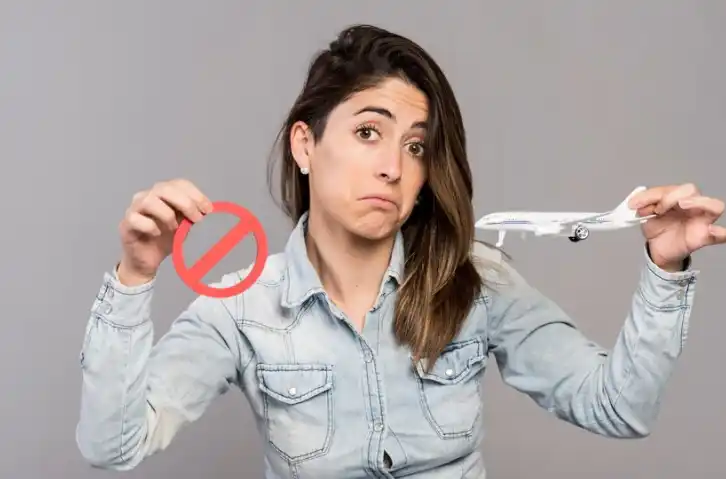In today’s world, we are constantly confronted with new challenges and potential health risks, many of which arise unexpectedly. One such risk, often overlooked, is the phenomenon known as bitesolgemokz. While this term may sound unusual, it refers to a set of symptoms or health issues that stem from specific types of bites—whether from insects, animals, or even other humans—that can cause discomfort or more serious health problems. Understanding how to avoid bitesolgemokz and take preventative measures is crucial for safeguarding your well-being.
This article will delve into the concept of bitesolgemokz, identify common causes, and provide practical steps you can take to reduce your risk of encountering it.
What is Bitesolgemokz?
The term “bitesolgemokz” refers to a broad category of issues that stem from insect, animal, or human bites. It is often used to describe the side effects or conditions that arise when someone is bitten, scratched, or exposed to infectious agents via these bites. While the word itself might be unfamiliar to many, the conditions associated with it are not. They can range from mild itching and irritation to more serious diseases, such as Lyme disease or rabies, depending on the source of the bite.
In short, bitesolgemokz can lead to a variety of health problems, from allergic reactions and infections to more severe diseases, which is why prevention is so important.
Common Causes of Bitesolgemokz
Bites can come from a variety of sources, and each one carries its own set of risks. The most common causes include:
1. Insect Bites
Insects such as mosquitoes, ticks, fleas, and bedbugs are notorious for transmitting diseases through their bites. For example:
- Mosquito bites can lead to diseases like malaria, Zika virus, and dengue fever.
- Tick bites can cause Lyme disease and Rocky Mountain spotted fever.
- Bedbug bites may cause irritation and allergic reactions.
2. Animal Bites
Pets and wildlife can also pose a risk of transmitting infections or diseases through their bites. Common animal-related bites include those from dogs, cats, and rodents, and they can result in infections such as:
- Rabies
- Tetanus
- Bacterial infections
3. Human Bites
Although rare, bites between humans, whether in self-defense or in aggressive confrontations, can lead to infections or conditions like human bite infections, which can lead to more serious complications if untreated.
The Importance of Preventing Bitesolgemokz
Preventing bitesolgemokz is not just about avoiding discomfort. Many bites, if left untreated, can lead to serious complications. In some cases, they can cause infections that might require medical attention, antibiotics, or even hospitalization. For instance:
- Insect bites, if scratched, can break the skin, allowing bacteria to enter and cause infections.
- Animal bites, particularly from wild animals, might expose you to zoonotic diseases (diseases that can be transmitted from animals to humans).
- Human bites can introduce harmful bacteria into your body, increasing the risk of conditions like sepsis if left untreated.
Therefore, avoiding bitesolgemokz is vital for maintaining overall health and well-being. The following practical steps will help you reduce your risk of being bitten and the complications that may arise.
Practical Steps to Avoid Bitesolgemokz
1. Use Insect Repellent
One of the simplest and most effective ways to protect yourself from insect bites is by using insect repellents. These products are designed to ward off mosquitoes, ticks, fleas, and other biting insects. When choosing an insect repellent, look for one that contains DEET, picaridin, or oil of lemon eucalyptus, which have been proven to be effective in preventing insect bites.
- Apply repellent to exposed skin and reapply as recommended, especially after swimming or sweating.
- Avoid applying repellent to sensitive areas such as the eyes, mouth, and broken skin.
In areas where insect-borne diseases are common, make sure to wear long-sleeved shirts and pants to minimize exposure.
2. Wear Protective Clothing
If you’re heading into areas known for insects or wildlife, wearing protective clothing can be an excellent preventative measure. This is particularly important when you are in wooded areas, tropical regions, or near bodies of water. Consider:
- Long-sleeved shirts and pants to reduce the amount of exposed skin.
- Tightly woven fabrics that are harder for insects to bite through.
- Insect-repellent clothing, which is available at many outdoor retailers and can help keep bugs at bay.
3. Be Cautious Around Animals
While most pets are friendly and safe, it’s essential to be cautious when approaching unfamiliar animals or wildlife. An animal bite can introduce a host of risks, including infections and diseases.
- Avoid touching wild animals or stray animals, even if they appear friendly.
- Ensure your pets are vaccinated against diseases such as rabies, which can be transmitted through animal bites.
- Always seek medical attention if you’re bitten by an animal, as certain animals can transmit dangerous diseases that might require immediate intervention.
4. Keep Your Environment Clean
A key element in preventing insect bites, particularly from mosquitoes and bedbugs, is maintaining a clean living environment. Follow these steps to reduce the risk of infestation:
- Remove standing water around your home to prevent mosquito breeding grounds.
- Seal windows and doors properly to prevent insects from entering.
- Use screens on windows and doors to keep out flies, mosquitoes, and other insects.
- Clean your bedding and furniture regularly to avoid attracting bedbugs and fleas.
5. Know How to Treat Bites Quickly
In the event that you are bitten, acting quickly can help minimize the risk of complications:
- Clean the bite area immediately with soap and water.
- Apply an antiseptic ointment to reduce the risk of infection.
- Monitor the bite for signs of infection, such as redness, swelling, or discharge.
- If the bite is from an animal or a human, seek medical attention to ensure that no further complications arise, especially if there’s a risk of disease transmission.
6. Seek Medical Help When Necessary
Certain bites may require immediate medical attention:
- If the bite is deep or severe, you may need a tetanus shot or stitches.
- If you experience symptoms such as fever, swollen lymph nodes, or fatigue after an insect or animal bite, see a doctor right away as these could be signs of a more serious infection.
- For animal bites, particularly from unknown or wild animals, treatment may involve rabies vaccinations or other preventive measures.
Conclusion: Preventing Bitesolgemokz for Better Health
Bitesolgemokz refers to a variety of health issues stemming from insect, animal, or human bites. These bites can lead to a range of symptoms, from mild irritation to severe infections, depending on the circumstances. By understanding the risks and following practical steps to prevent bites, you can significantly reduce your chances of encountering these problems.
Remember to use insect repellents, wear protective clothing, be cautious around animals, keep your living space clean, and seek prompt medical attention if bitten. By taking these precautions, you can help ensure that you avoid the discomfort and potential health complications that come with bitesolgemokz, leading to a healthier, more comfortable life.










